Ukraine Conflict and Global Markets
The conflict in a few words.
A potential crisis in Eastern Europe is reaching a crescendo this week, as tensions continue to mount between Russia and Ukraine and in turn, Urkraine’s western partners (Read: NATO).
As of this week, Russia has sent more than 100,000 troops to the Russia/Ukraine border, which has ratcheted up concerns around how serious Russia is about a potential ground invasion. While Ukraine is not an official member of NATO, it wants to be, and that is major concern for Russia. Ukraine’s ties to NATO and western allies is the very reason Russia annexed the Crimean Peninsula and continues to (allegedly) pursue further control of the region. Putin fears that NATO members have aspirations to setup military training centres in Ukraine, which would give them a significant military presence in the region – And therein lies the rub.
Will there be a full-blown conflict?
Unfortunately, it is starting to look more likely. Putin sent a list of demands to the White House this week, which were quickly shot down as non-starters by the US and NATO separately. Most notably, Russia requested that NATO cease operations in Eastern Europe, and that Ukraine be barred from ever entering the alliance. This is a simplified synopsis of the demands, but as it pertains to the conflict at hand, the most pressing.
Biden and NATO have indicated that Russia has only 2 options: continue to pursue diplomatic negotiations with NATO and Ukraine, or invade and face extreme economic sanctions.
And so, we wait. While many are indicating that Russia is waiting only for the colder weather in February to freeze several key entry points for a ground invasion, we cannot be sure quite yet. What we do know is that Russia invaded Crimea in February 2014, so that theory does hold some weight.
If a conflict does occur, expect to see mass sanctions from European and Western countries, which would affect global markets on a wide scale, but more poignantly be a stress on a European economy that is already struggling with the stress of COVID reopening and surging inflation.
Which markets will be affected?
1) Safe Havens: An early indicator of market volatility is a spike in safe haven currencies. These are currencies which traders and investors flock to when there is geopolitical unrest. The US dollar and Swiss Franc are ones to keep your eye one. We are already seeing USD up across the board, and more notably Swiss Frac (CHF) is sitting at a nearly 6 year high (!!) against the Euro as of Friday morning. A clear indicator that markets are expecting a conflict. We anticipate seeing a continued rise in these currencies against Euro, British Pound and other Eastern European currencies as we move into February.
2) Volatile Market Sell-Offs: Directly related to the rise in safe haven investments, we anticipate (and have already seen) major dips in risky or volatile markets. In this case, we are talking crypto. Market unrest is pushing investors out of their risky positions in crypto and into safe havens. Bitcoin hit a 6 month low against the dollar this week, and many of the “major” cryptos followed suit. Some are seeing this dip as a good time to enter the crypto market, but we would recommend waiting it out for another week to see how low it can go.
Additionally, keep a close eye on the dip in the NASDQ and more specifically tech stocks. The threat of conflict in addition to inflation rates, has pushed the US Fed into a more hawkish approach. This has led to a major sell off in tech stocks (*Checks personal portfolio.. Yep, bloodbath). We don’t anticipate seeing a rally until things settle down in Eastern Europe.
3) Commodities: Europe is experiencing record highs in the cost of oil and natural gas, and the continued threat of conflict is exacerbating the issue. Europe relies heavily on Russia for Natural Gas resources (Russia supplies nearly 35% of Europe’s consumption) so any sanctions placed on Russia would send the price to record highs. Additionally, Germany has indicated that as part of potential sanctions they would pause the new Nord Stream 2 pipeline from Russia, which was set to increase Europe’s energy dependence on Russia.
Short-term Guidance
Safe haven currencies: Good
Risky Investments/Tech Stocks: Bad
Commodities: Soaring
My personal portfolio: A nightmare
Putin puns: Easy to make, bad to do
